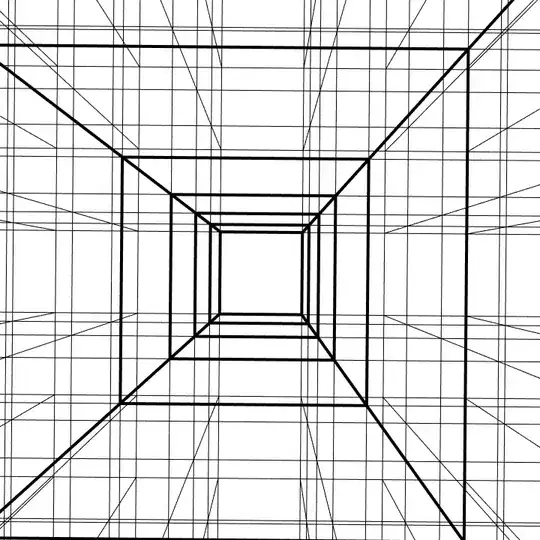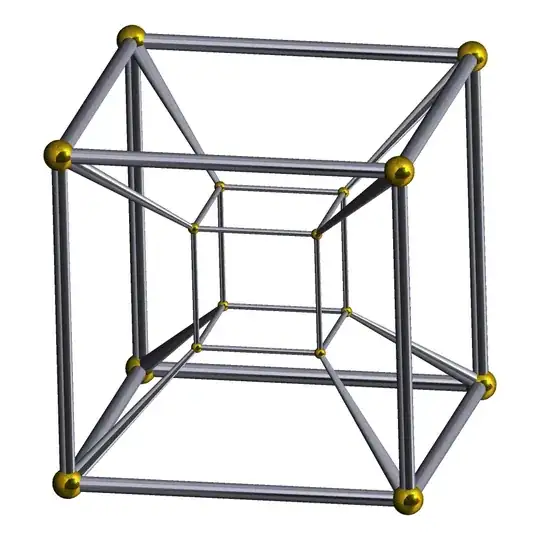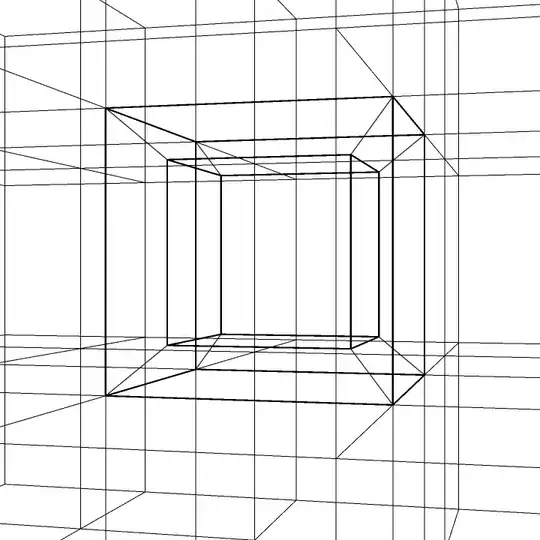I try hard to "visualise" (say "imagine") a tesseract but I can't.
Why is it that I can't?
This may be a question for a scholar of some other discipline and not for a mathematician, e.g. psychology (topic: cognition?), anthropology, etc., but I am sure it is well defined and answerable as a question.
It could be answered with a definition of what I can imagine or the definition of what I can't imagine and why, for example.
There may be some fundamental property of our geometry that limits what we can represent so the question may be interpreted mathematically... anyway I think it is not a question to bounce without any thought.
Specifically: what is missing for me to be able to imagine a tesseract? Understanding? A different kind of brain, that processes information in a different way?
Can a top mathematician visualise a tesseract? I am not inviting a discussion, which would be off-topic. I am soliciting a thoughtful and articulate answer, if possible.
Note:
I already saw this question:
In what sense is a tesseract (shown) 4-dimensional?
and this video:
http://www.youtube.com/watch?NR=1&feature=endscreen&v=uP_d14zi8jk
already read this link:
http://en.wikipedia.org/wiki/Tesseract
and I have studied calculus-level maths, etc. and I found no difficulty in reasoning about imaginary numbers, infinite quantities and/or series, demonstrations ad absurdum, etc.
I would be really disappointed if this question were marked as "not constructive", or anything to that effect. I can accept it may be "off topic" because it may relate to how our brain visualises and not some mathematical property that prevents visualisation, but it really should not be considered as "not-constructive". It would actually help me so much to understand this conundrum...



 (
(